Whoooo goes there?
Owl Research Institute seeks observations from public
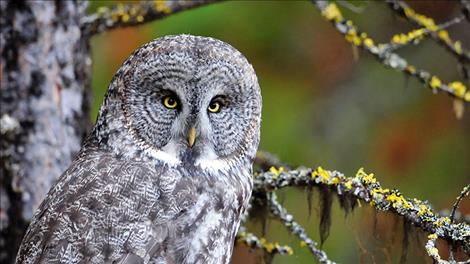
Kurt Lindsay photo
A great gray owl gazes intently from its perch. Great gray and barn owls sightings are of particular interest to the Owl Research Institute.

Kurt Lindsay photo
A great gray owl takes flight.

Kurt Lindsay photo
Infant barn owls can be found nesting in cliffs as well as in barns.
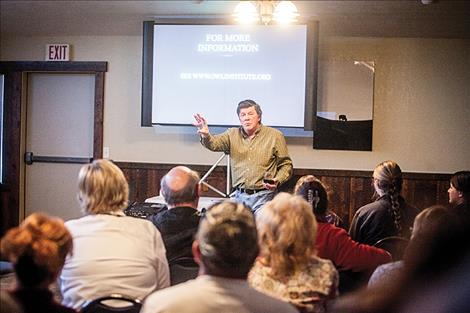
During a presentation at Ninepipes Lodge. Denver Holt shares information about the different species with the public.

Denver Holt creates lifelike owl sounds.
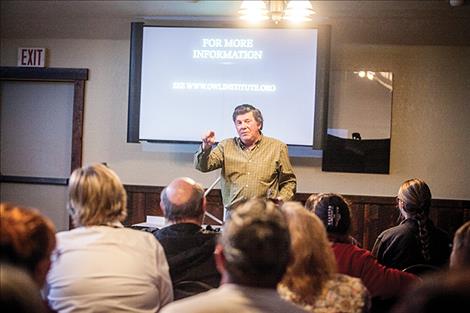
Nicole Tavenner


Nicole Tavenner

Nicole Tavenner

Nicole Tavenner

Nicole Tavenner
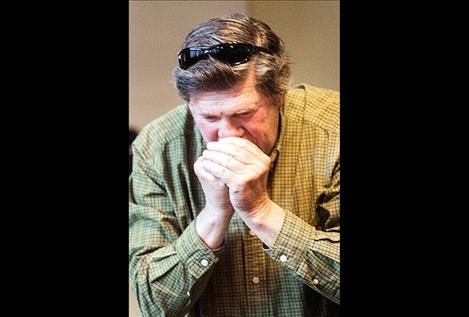
Nicole Tavenner

Nicole Tavenner
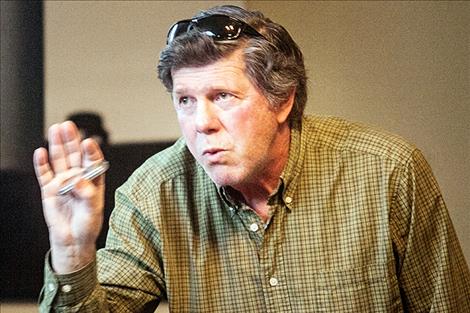
Nicole Tavenner

Nicole Tavenner
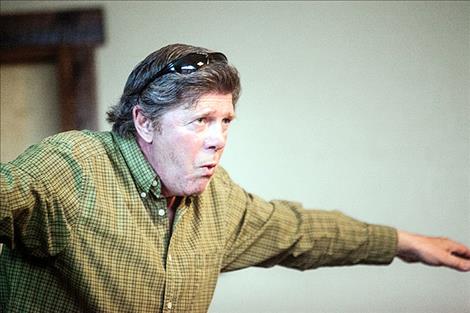
Nicole Tavenner

Nicole Tavenner

Nicole Tavenner
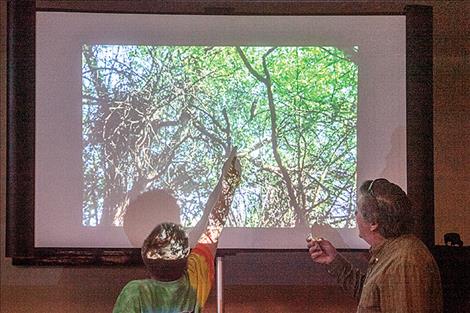
Nicole Tavenner
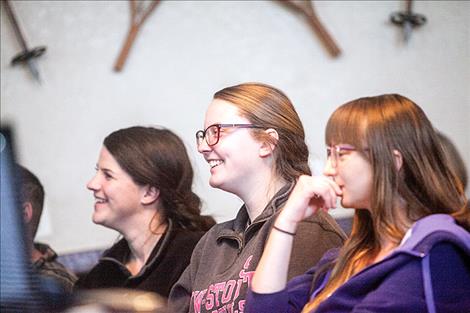
Nicole Tavenner

Nicole Tavenner

Nicole Tavenner
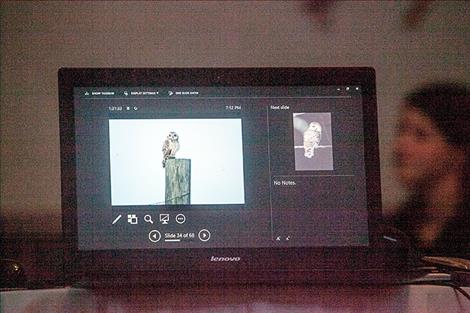
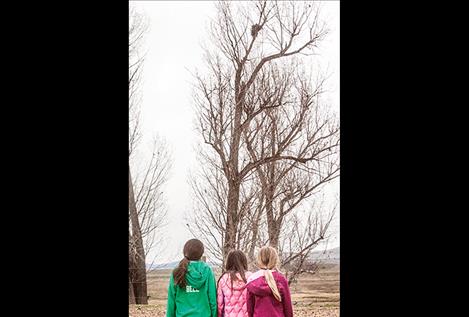
Nicole Tavenner

Nicole Tavenner

Kurt Lindsay photo
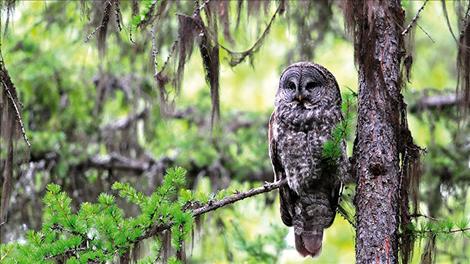
Kurt Lindsay photo
Issue Date: 3/28/2018
Last Updated: 6/5/2018 12:29:44 PM |
By
Karen Greene
Keep Reading!
You’ve reached the limit of 3 free articles - but don’t let that stop you.















